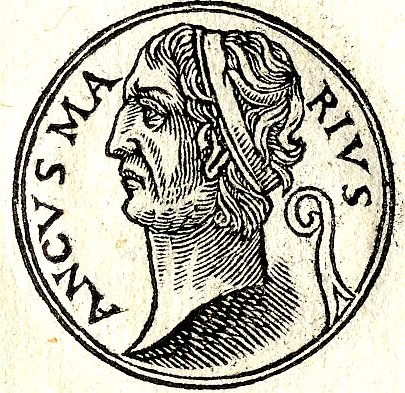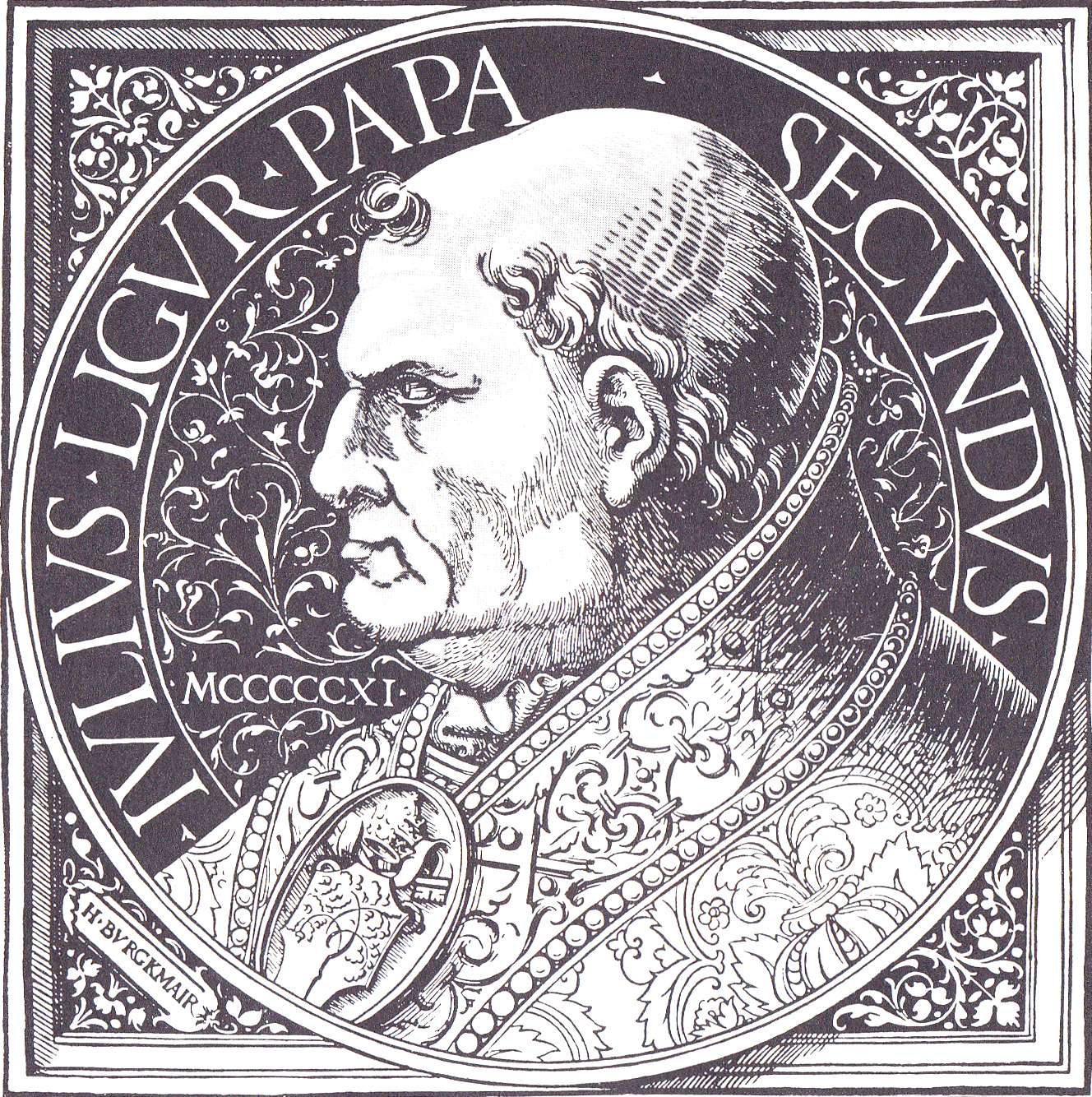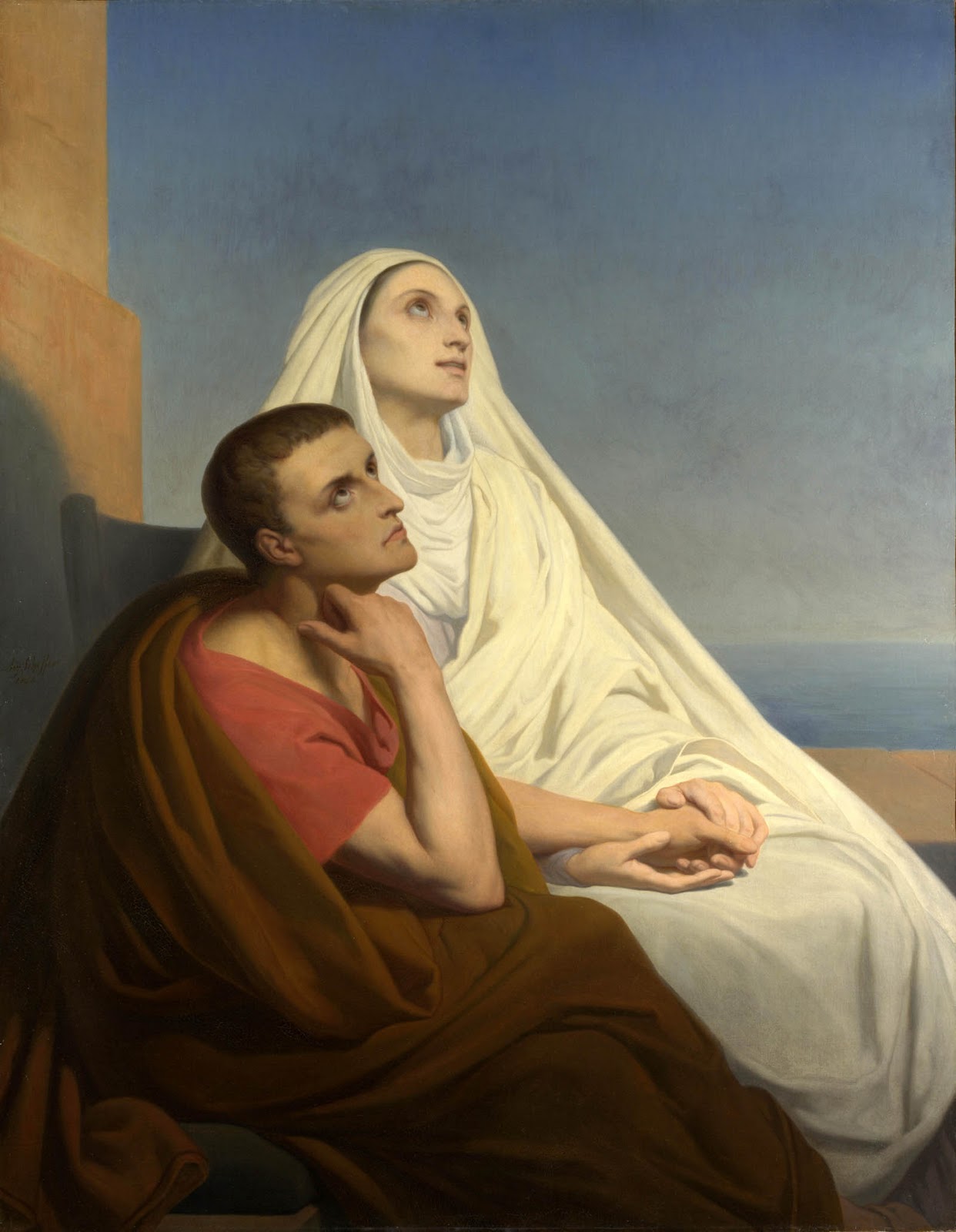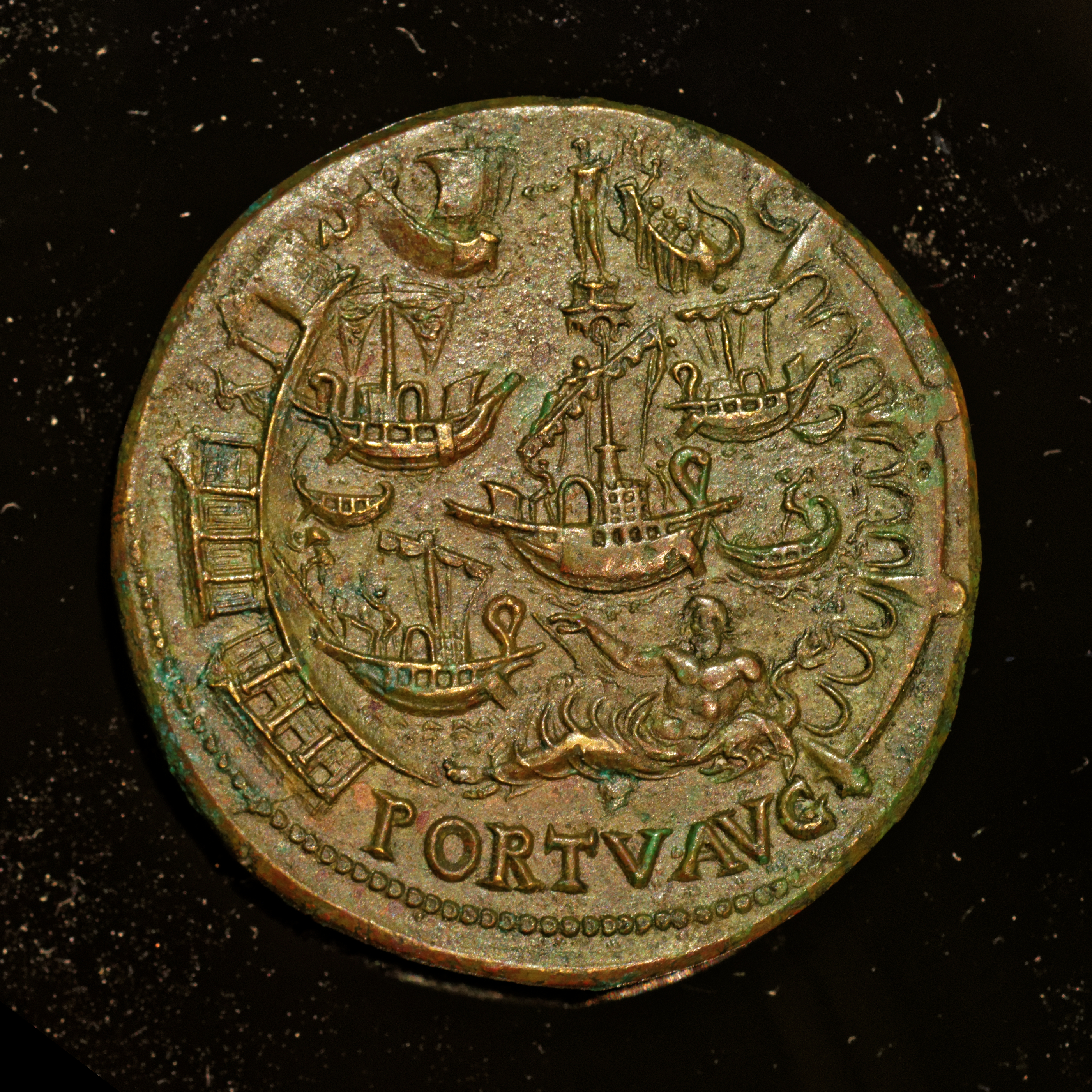|
Ostia (Rome)
Ostia (, ; officially Lido di Ostia) is a large neighbourhood in the Municipio X of the ''comune'' of Rome, Italy, near the ancient port of Rome, which is now a major archaeological site known as Ostia Antica. Ostia is also the only or district of Rome on the Tyrrhenian Sea, and many Romans spend the summer holidays there. It is entirely situated within the municipality of Rome and is the city's seaside resort. Ostia was the port city of ancient Rome; it had a strategic function for trade, especially for the supply of grain, and as the main base of the Roman navy. It had a fundamental function during the Punic Wars, and after the final destruction of Carthage, and the end of Macedon's independence; by the latter half of the 2nd century BC, Roman control over all of what was later to be dubbed Mare Nostrum ("our sea") had been established. The ancient city of Ostia stood in a strategic point near the mouth of the Tiber and the sea, which at the time was closer to the city. T ... [...More Info...] [...Related Items...] OR: [Wikipedia] [Google] [Baidu] |
Tiber
The Tiber ( ; ; ) is the List of rivers of Italy, third-longest river in Italy and the longest in Central Italy, rising in the Apennine Mountains in Emilia-Romagna and flowing through Tuscany, Umbria, and Lazio, where it is joined by the River Aniene, to the Tyrrhenian Sea, between Ostia (Rome), Ostia and Fiumicino. It Drainage basin, drains a basin estimated at . The river has achieved lasting fame as the main watercourse of the city of Rome, which was founded on its eastern banks. The river rises at Mount Fumaiolo in Central Italy and flows in a generally southerly direction past Perugia and Rome to meet the sea at Ostia (town), Ostia. The Tiber has advanced significantly at its mouth, by about , since Roman times, leaving the ancient port of Ostia Antica (archaeological site), Ostia Antica inland."Tiber River". ''Encyclopædia Britannica''. 2006 However, it does not form a proportional river delta, delta, owing to a strong north-flowing sea current close to the shore, d ... [...More Info...] [...Related Items...] OR: [Wikipedia] [Google] [Baidu] |
Ancus Marcius
Ancus Marcius () was the Roman mythology, legendary fourth king of Rome, who traditionally reigned 24 years. Upon the death of the previous king, Tullus Hostilius, the Roman Senate appointed an interrex, who in turn called a session of the Roman assemblies, assembly of the people who elected the new king. Ancus is said to have ruled by waging war as Romulus did, while also promoting peace and religion as Numa Pompilius did. Ancus Marcius was believed by many Romans to have been the namesake of the Marcia gens, Marcii, a plebeian family. Background Ancus was the son of Numa Marcius (prefect), Marcius (himself the son of Rome's first ''pontifex maximus'' Numa Marcius) and Pompilia (daughter of Numa Pompilius), Pompilia (daughter of Numa Pompilius).Livy, ''Ab urbe condita libri (Livy), Ab Urbe Condita'', s:From the Founding of the City/Book 1#32, 1:32 Ancus Marcius was thus the grandson of Numa and therefore a Sabines, Sabine. According to Festus (historian), Festus, Marcius was sur ... [...More Info...] [...Related Items...] OR: [Wikipedia] [Google] [Baidu] |
Roma Capitale
Metropolitan City of Rome Capital () is an area of local government at the level of metropolitan city in the Lazio region of Italy. It comprises the territory of the city of Rome and 120 other ''comuni'' (: ''comune'') in the hinterland of the city. With more than 4.2 million inhabitants, it is the largest metropolitan city in Italy as of 2025. It was established on 1 January 2015 by the terms of Law 142/1990 (Reform of local authorities) and by Law 56/2014. It superseded the province of Rome. The Metropolitan City of Rome Capital is headed by the Metropolitan Mayor (''Sindaco metropolitano'') and governed by the Metropolitan Council (''Consiglio metropolitano''). Roberto Gualtieri is the incumbent mayor, having taken office on 21 October 2021. Geography The Metropolitan City of Rome Capital covers almost one-third of the territory of Lazio. It occupies the flat area of the Roman and the Tiber Valley to the mountains and dell'Aniene Lucretili Sabini and, in addition to the mo ... [...More Info...] [...Related Items...] OR: [Wikipedia] [Google] [Baidu] |
Pope Julius II
Pope Julius II (; ; born Giuliano della Rovere; 5 December 144321 February 1513) was head of the Catholic Church and ruler of the Papal States from 1503 to his death, in February 1513. Nicknamed the Warrior Pope, the Battle Pope or the Fearsome Pope, it is often speculated that he had chosen his papal name not in honor of Pope Julius I but in emulation of Julius Caesar. One of the most powerful and influential popes, Julius II was a central figure of the High Renaissance and left a significant cultural and political legacy. As a result of his policies during the Italian Wars, the Papal States increased their power and centralization, and the office of the papacy continued to be crucial, diplomatically and politically, during the entirety of the 16th century in Italy and Europe. In 1506, Julius II established the Vatican Museums and initiated the rebuilding of the St. Peter's Basilica. The same year he organized the famous Swiss Guard for his personal protection and commanded a su ... [...More Info...] [...Related Items...] OR: [Wikipedia] [Google] [Baidu] |
Augustine Of Hippo
Augustine of Hippo ( , ; ; 13 November 354 – 28 August 430) was a theologian and philosopher of Berber origin and the bishop of Hippo Regius in Numidia, Roman North Africa. His writings deeply influenced the development of Western philosophy and Western Christianity, and he is viewed as one of the most important Church Fathers of the Latin Church in the Patristic Period. His many important works include '' The City of God'', '' On Christian Doctrine'', and '' Confessions''. According to his contemporary, Jerome of Stridon, Augustine "established anew the ancient Faith". In his youth he was drawn to the Manichaean faith, and later to the Hellenistic philosophy of Neoplatonism. After his conversion to Christianity and baptism in 386, Augustine developed his own approach to philosophy and theology, accommodating a variety of methods and perspectives. Believing the grace of Christ was indispensable to human freedom, he helped formulate the doctrine of original sin and m ... [...More Info...] [...Related Items...] OR: [Wikipedia] [Google] [Baidu] |
Saint Monica
Monica ( – 387) was an early North African Christian saint and the mother of Augustine of Hippo. She is remembered and honored in the Catholic and Orthodox Churches, albeit on different feast days, for her outstanding Christian virtues, particularly the suffering caused by her husband's adultery, and her prayerful life dedicated to the reformation of her son, who wrote extensively of her pious acts and life with her in his '' Confessions''. Popular Christian legends recall Monica weeping every night for her son Augustine. Life Monica is most likely to have been born in Thagaste (present-day Souk Ahras, Algeria). She is believed to have been an Amazigh on the basis of her name. She was married early in life to Patricius, a decurion pagan, in Thagaste. Patricius reportedly had a violent temper and appears to have been of dissolute habits; apparently his mother exhibited similar behaviours. Monica's almsgiving, deeds and prayer habits annoyed Patricius, but it is said that he a ... [...More Info...] [...Related Items...] OR: [Wikipedia] [Google] [Baidu] |
Diocese Of Ostia
The Roman Catholic Suburbicarian Diocese of Ostia is an ecclesiastical territory located within the Metropolitan City of Rome in Italy. It is one of the seven suburbicarian dioceses. The incumbent bishop is Cardinal Giovanni Battista Re. For centuries, its bishop has been the dean of the College of Cardinals. Its Cathedral is Basilica di Sant'Aurea. From 1105 to 1914, the diocese was merged with the Suburbicarian Diocese of Velletri. In 1962, the Diocese of Ostia was brought under the direct administration of the Diocese of Rome. Its territory is restricted to the single parish of Santa Aurea. Bishops Bishops of Ostia (−1057) * Maximus (259) :... *Maximus (313) *Florentius (366) :''...'' *Bonus (487). *Bellator (499) *Aristus (502) :... *Amabile (649) :... *Andrea(s) (680) :... *Sissinio 732 – before 745 *Theodorus (745) * George I, 753–786 :''...'' * Gregory I, 787 – before 804 * Bernard 804–805 * Peter I 805 – before 826 * Cesareo 826–854 * Megisto (or Leo I), ... [...More Info...] [...Related Items...] OR: [Wikipedia] [Google] [Baidu] |
Battaglia Di Ostia 01
Battaglia (Italian for ''Battle'') may refer to: Places of Italy ;Municipalities * Battaglia Terme, in the Province of Padua, Veneto * Montebello della Battaglia, in the Province of Pavia, Lombardy * Moriago della Battaglia, in the Province of Treviso, Veneto * Nervesa della Battaglia, in the Province of Treviso, Veneto *San Fermo della Battaglia, in the Province of Como, Lombardy * Sernaglia della Battaglia, in the Province of Treviso, Veneto ;Civil parishes * Battaglia (Casaletto Spartano), in the municipality of Casaletto Spartano (SA), Campania * San Martino della Battaglia, in the municipality of Desenzano del Garda (BS), Lombardy Other uses * Battaglia (surname) * Battaglia (genera), a prehistoric sponge * Battaglia (music) A battaglia is a form of Renaissance and Baroque programme music imitating a battle. The Renaissance form is typically in the form of a madrigal for four or more voices where cannons, fanfares, cries, drum rolls, and other noises of a battle are imi ... [...More Info...] [...Related Items...] OR: [Wikipedia] [Google] [Baidu] |
Portus
Portus was a large artificial harbour of Ancient Rome located at the mouth of the Tiber on the Tyrrhenian Sea. It was established by Claudius and enlarged by Trajan to supplement the nearby port of Ostia. The archaeological remains of Portus are near the modern-day village of Porto within the ''comune'' of Fiumicino, Lazio, just southwest of Rome. Ancient Portus Claudian phase Ancient Rome's original port was Ostia located at the mouth of the Tiber on the Tyrrhenian Sea. The Tiber splits into two streams at its mouth, roughly 1 mile before reaching the Tyrrhenian, with Ostia situated on the larger southern stream. Emperor Claudius constructed the first harbour on the Portus site, north of Ostia, enclosing an area of 250 hectares (617 acres), with two long curving moles projecting into the sea, and an artificial island, bearing a lighthouse, in the centre of the space between them. The foundation of this lighthouse was provided by filling one of the massive obelisk ships ... [...More Info...] [...Related Items...] OR: [Wikipedia] [Google] [Baidu] |
Second Punic War
The Second Punic War (218 to 201 BC) was the second of Punic Wars, three wars fought between Ancient Carthage, Carthage and Roman Republic, Rome, the two main powers of the western Mediterranean Basin, Mediterranean in the 3rd century BC. For 17 years the two states struggled for supremacy, primarily in Roman Italy, Italy and Iberia, but also on the islands of Sicily and Sardinia and, towards the end of the war, in North Africa. After immense materiel and human losses on both sides, the Carthaginians were once again defeated. Macedonia (ancient kingdom), Macedonia, Kingdom of Syracuse, Syracuse and several Numidians, Numidian kingdoms were drawn into the fighting, and Celtiberians, Iberian and Gauls, Gallic forces fought on both sides. There were three main Theater (military), military theatres during the war: Italy, where Hannibal defeated the Roman legions repeatedly, with occasional subsidiary campaigns in Sicily, Sardinia and Greece; Iberia, where Hasdrubal (Barcid), Hasdru ... [...More Info...] [...Related Items...] OR: [Wikipedia] [Google] [Baidu] |
Roman Empire
The Roman Empire ruled the Mediterranean and much of Europe, Western Asia and North Africa. The Roman people, Romans conquered most of this during the Roman Republic, Republic, and it was ruled by emperors following Octavian's assumption of effective sole rule in 27 BC. The Western Roman Empire, western empire collapsed in 476 AD, but the Byzantine Empire, eastern empire lasted until the fall of Constantinople in 1453. By 100 BC, the city of Rome had expanded its rule from the Italian peninsula to most of the Mediterranean Sea, Mediterranean and beyond. However, it was severely destabilised by List of Roman civil wars and revolts, civil wars and political conflicts, which culminated in the Wars of Augustus, victory of Octavian over Mark Antony and Cleopatra at the Battle of Actium in 31 BC, and the subsequent conquest of the Ptolemaic Kingdom in Egypt. In 27 BC, the Roman Senate granted Octavian overarching military power () and the new title of ''Augustus (title), Augustus'' ... [...More Info...] [...Related Items...] OR: [Wikipedia] [Google] [Baidu] |
Roman Republic
The Roman Republic ( ) was the era of Ancient Rome, classical Roman civilisation beginning with Overthrow of the Roman monarchy, the overthrow of the Roman Kingdom (traditionally dated to 509 BC) and ending in 27 BC with the establishment of the Roman Empire following the War of Actium. During this period, Rome's control expanded from the city's immediate surroundings to hegemony over the entire Mediterranean Sea, Mediterranean world. Roman society at the time was primarily a cultural mix of Latins (Italic tribe), Latin and Etruscan civilization, Etruscan societies, as well as of Sabine, Oscan, and Greek cultural elements, which is especially visible in the Ancient Roman religion and List of Roman deities, its pantheon. Its political organisation developed at around the same time as direct democracy in Ancient Greece, with collective and annual magistracies, overseen by Roman Senate, a senate. There were annual elections, but the republican system was an elective olig ... [...More Info...] [...Related Items...] OR: [Wikipedia] [Google] [Baidu] |









